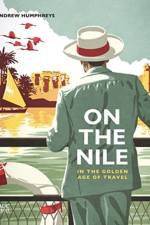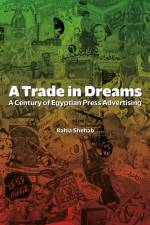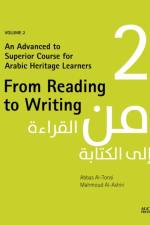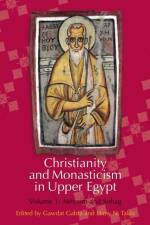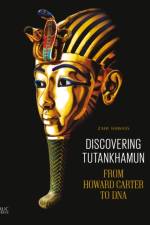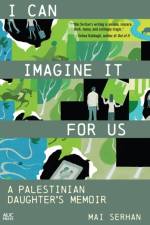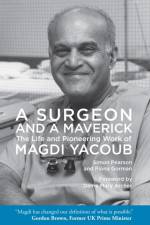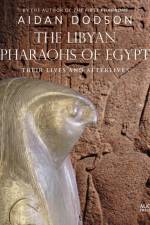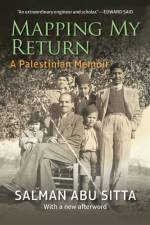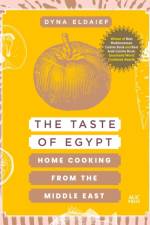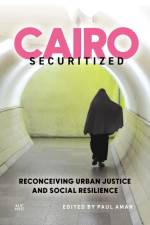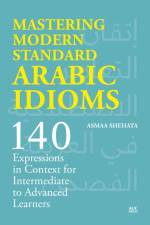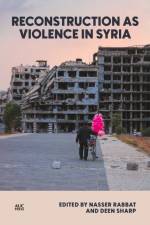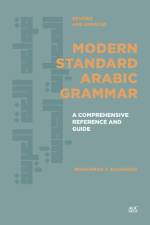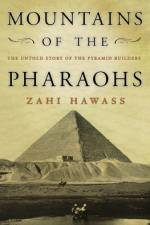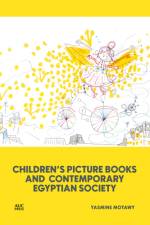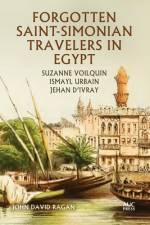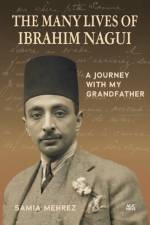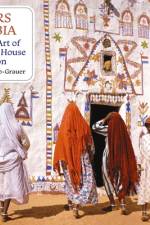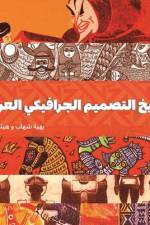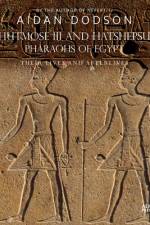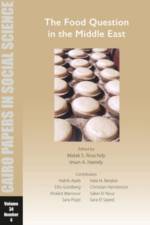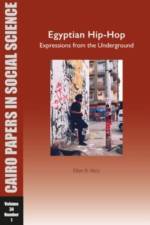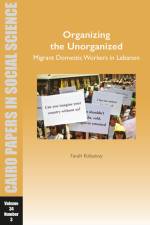961
A sustained critique of postwar reconstruction in Syria as a politically neutral process In 2011, emboldened by the Arab Spring, the Syrians rose up against their government. The Syrian regime used violence to suppress the protests, so that what began as pro-democracy protests eventually morphed into a civil war with heavy outside intervention. Today, the regime has regained partial control of the country, but large parts of it lie in ruins, millions of Syrians are displaced, and the economy is in freefall. Reconstruction as Violence delves into the complex interplay of post-conflict reconstruction in Syria, challenging the traditionally held dichotomy between the end of violence and the commencement of rebuilding. The contributors to this volume-architects, urbanists, geographers, and historians-employ critical concepts such as urbicide, domicide, and "civilian crisis architecture" to argue against the conventional theoretical frameworks that support a neat separation of phases. They illustrate how reconstruction often extends the dynamics of conflict into the urban and social realms, suggesting that the built environment becomes a battleground for further violence. They emphasize the importance of acknowledging the historical, economic, societal, legal, and bureaucratic contexts that shape reconstruction efforts, arguing for initiatives that prioritize equity, inclusivity, and community participation. Reconstruction as Violence starkly underscores the authors' stance that to overlook any of these dimensions, or to disengage from the reconstruction process altogether, represents a political choice with potentially detrimental effects on Syria and beyond in the Arab world, where countries like Palestine, Yemen, Libya, Iraq, Lebanon, and Sudan are undergoing similar cycles of destruction and rebuilding. It calls for a reimagined approach to reconstruction, one that fosters peace, resilience, and social justice in post-conflict societies. Contributors:Sawsan Abou Zainedin, Madaniya, London, UKAmmar Azzouz, University of Oxford, UKValérie Clerc, Université Paris Cité, FranceEmma Katherine DiNapoli, human rights lawyer, London, UKOmar Ferwati, Goldsmiths, University of London, UKRim Lababidi, architect and independent scholar, Ohio, USAWendy Pullan, University of Cambridge, UKNasser Rabbat, Massachusetts Institute of Technology, Cambridge, MA, USAHashim Sarkis, Massachusetts Institute of Technology, Cambridge, MA, USADeen Sharp, London School of Economics, UKHeghnar Watenpaugh, University of California Davis, CA, USA

